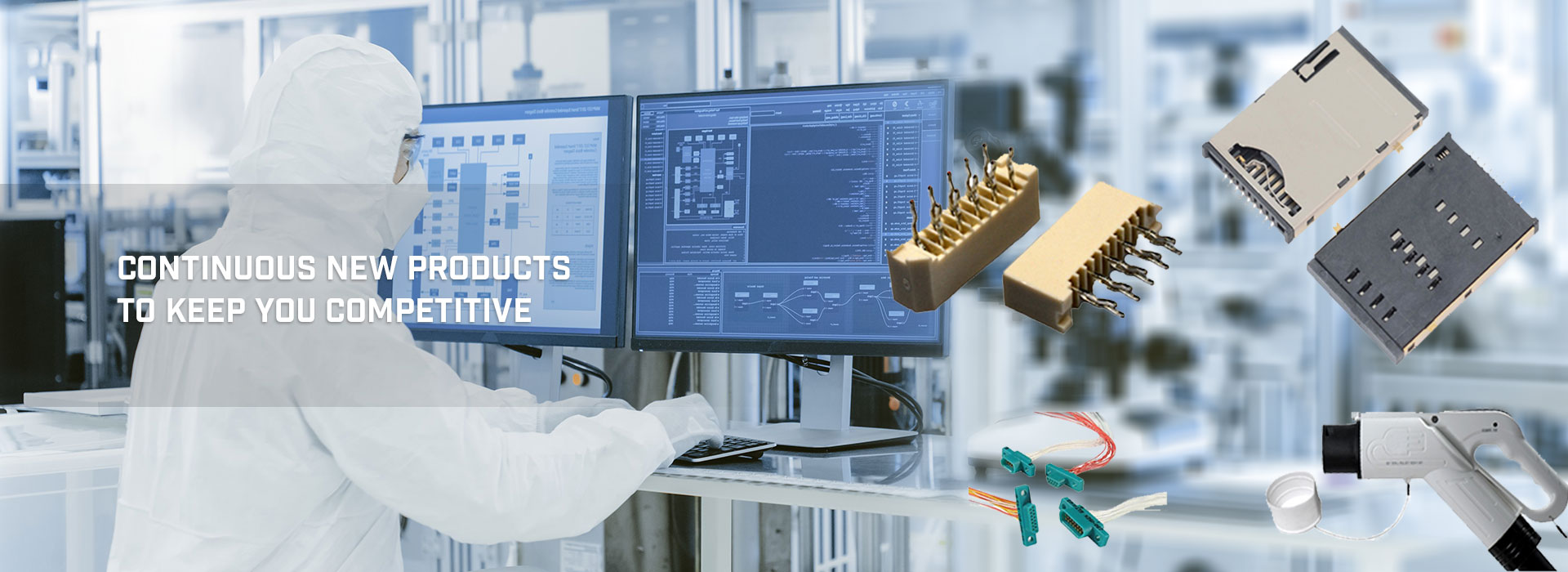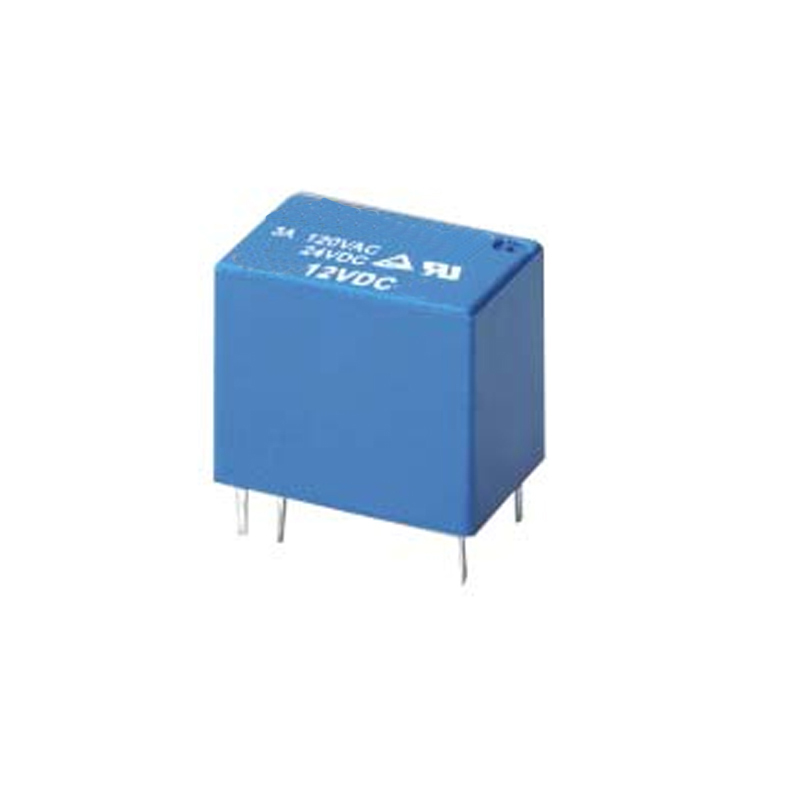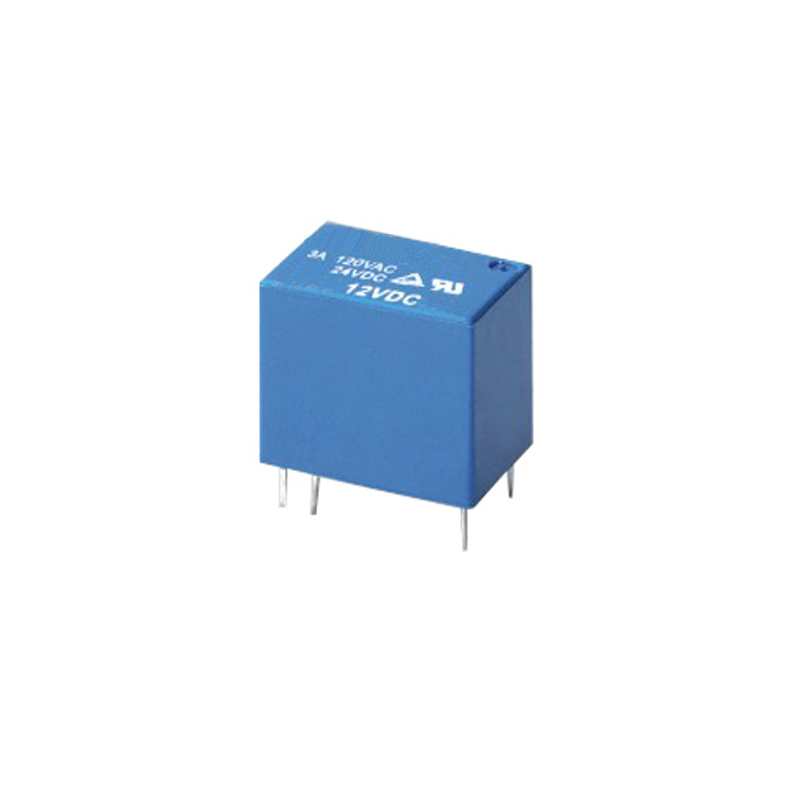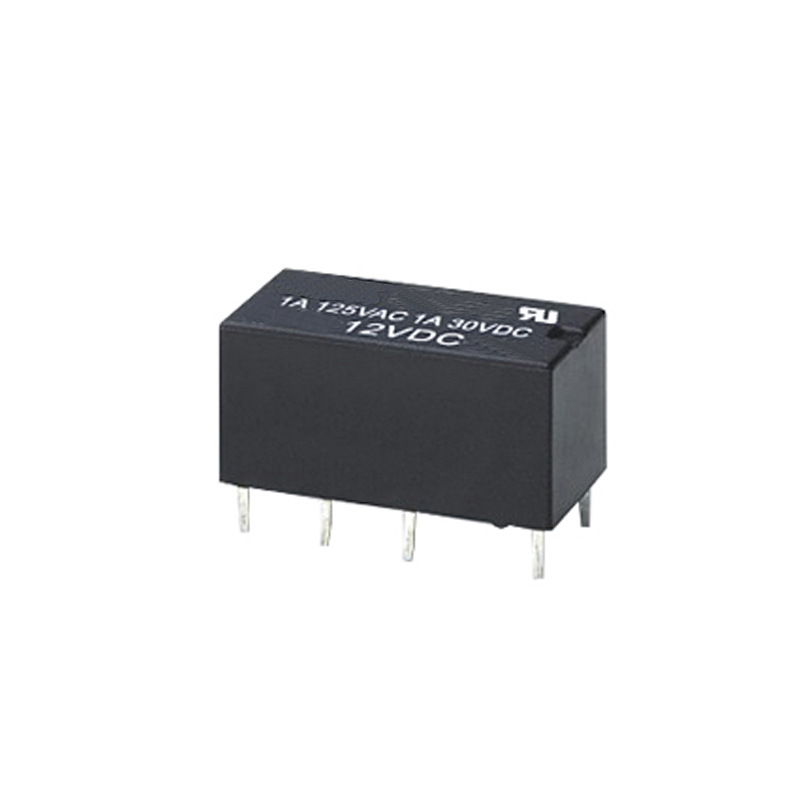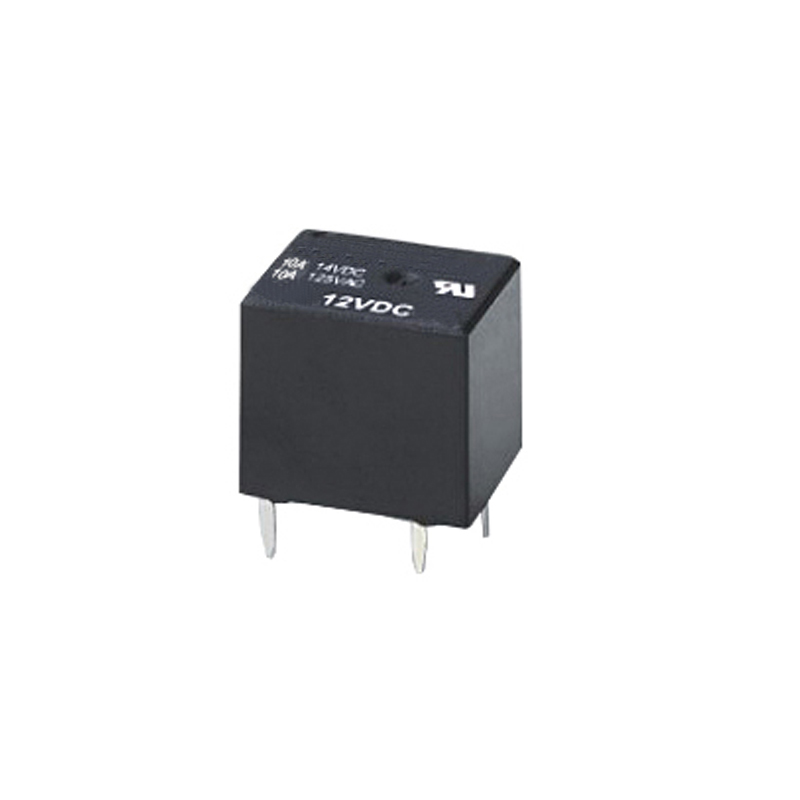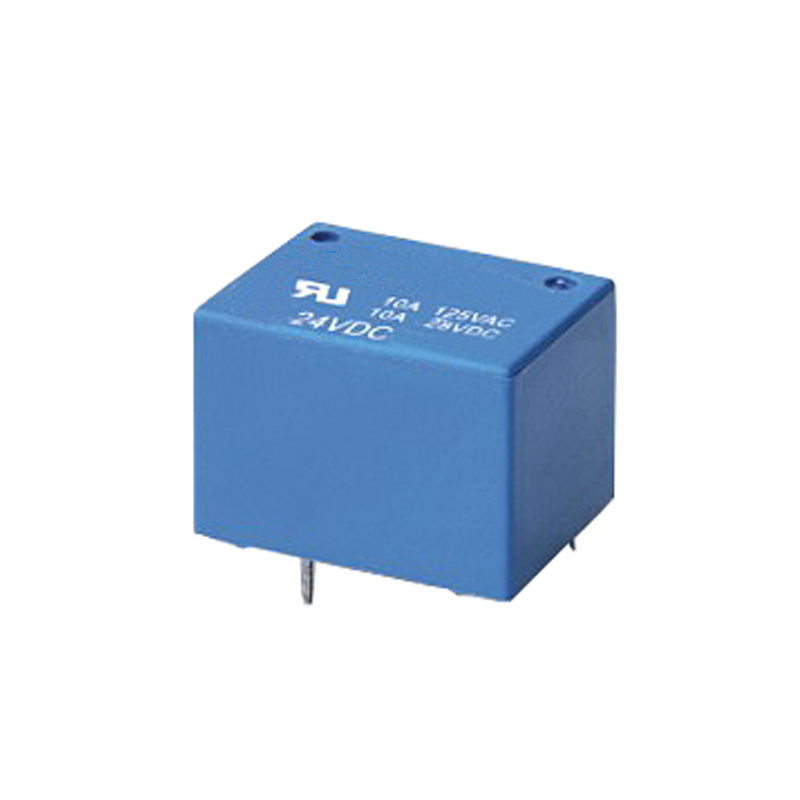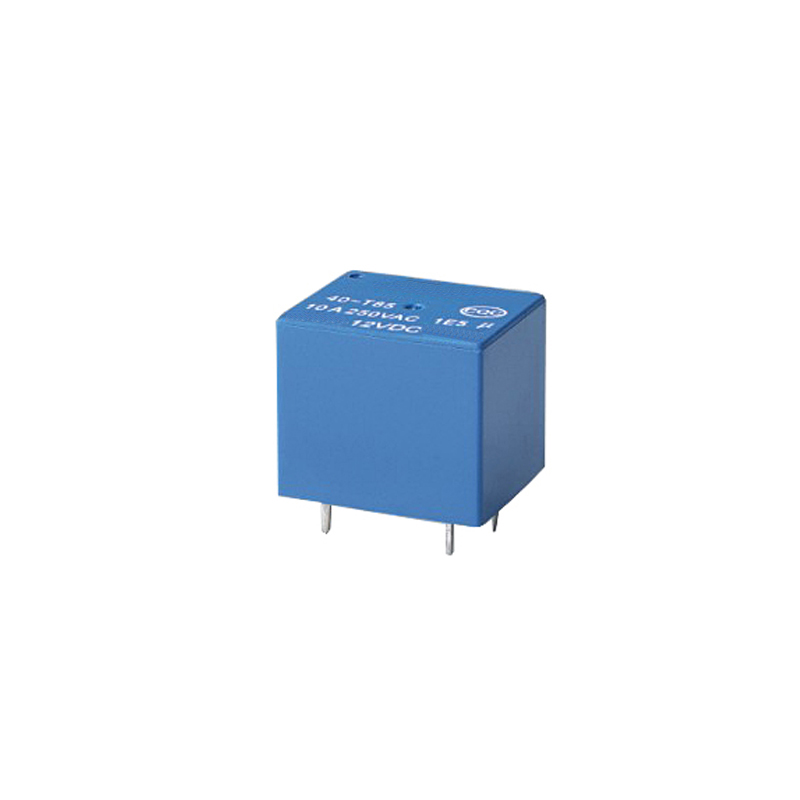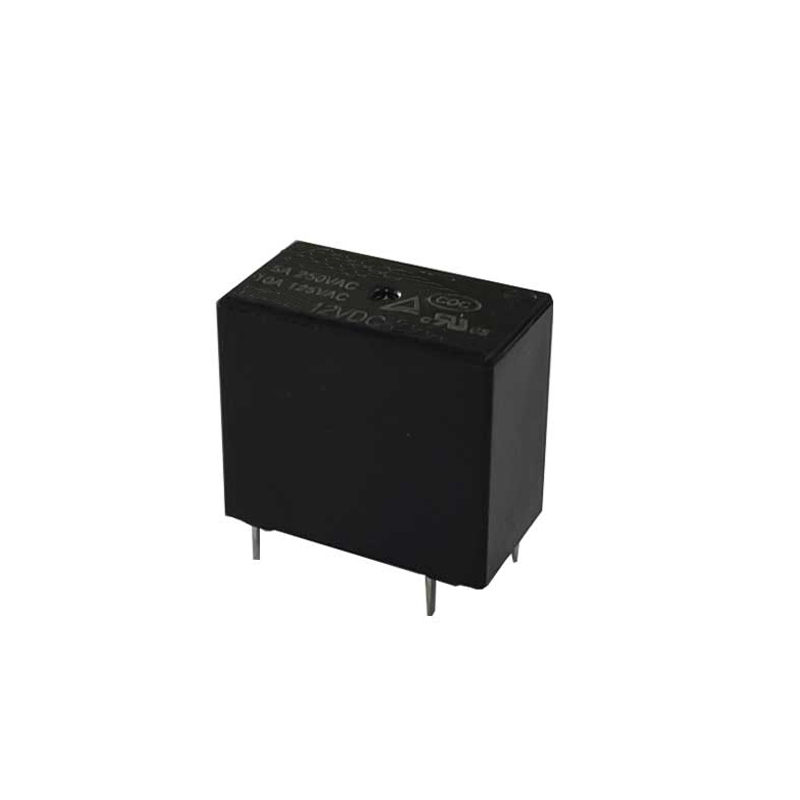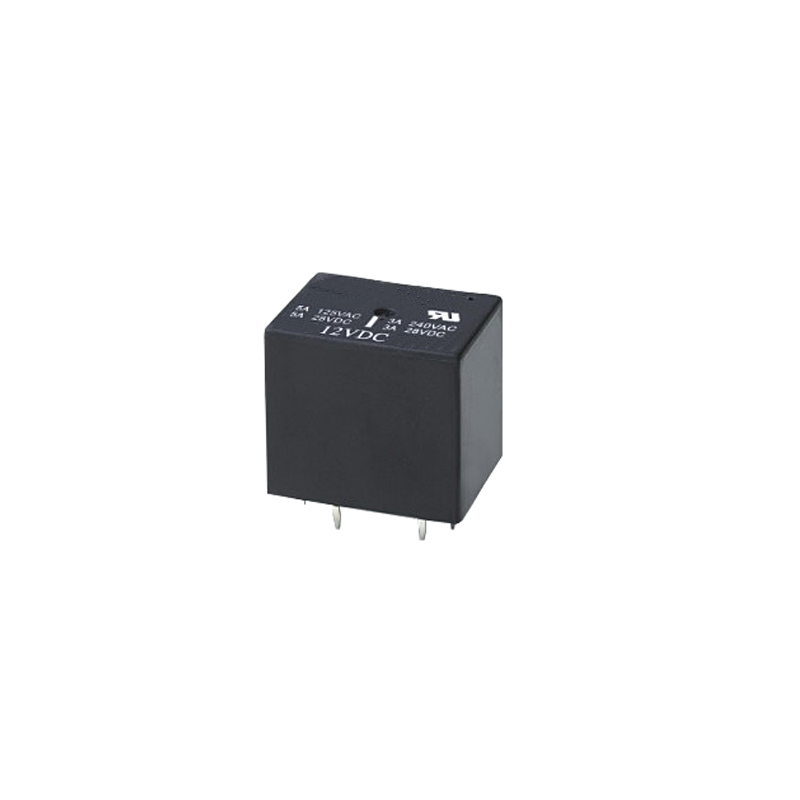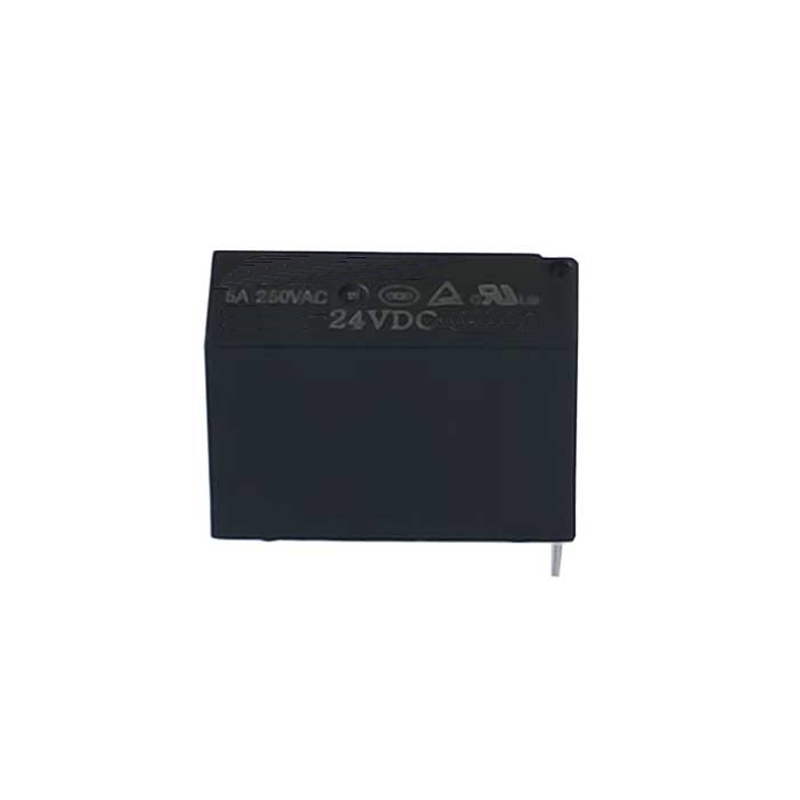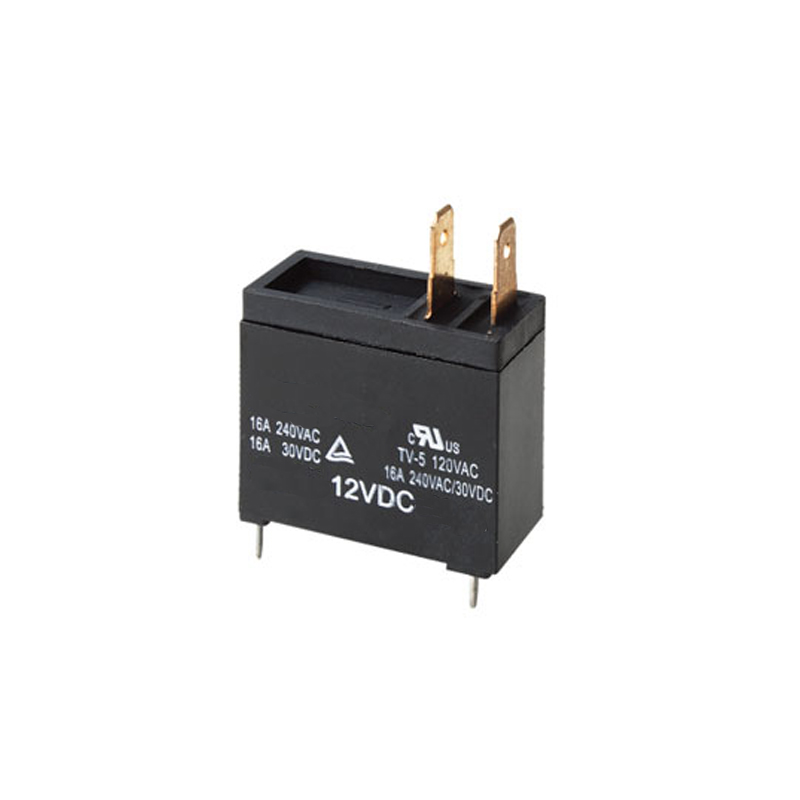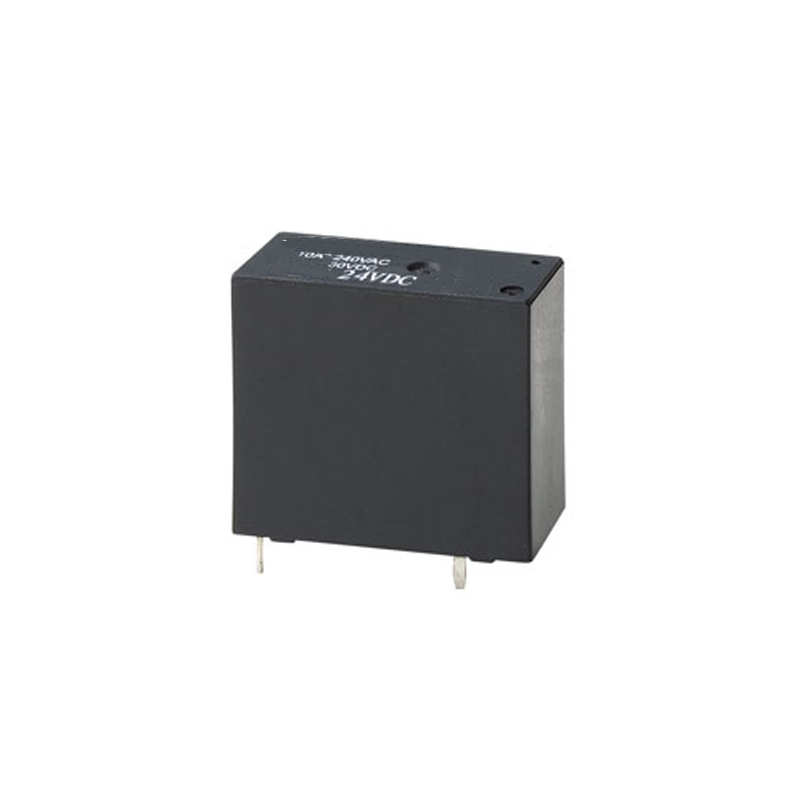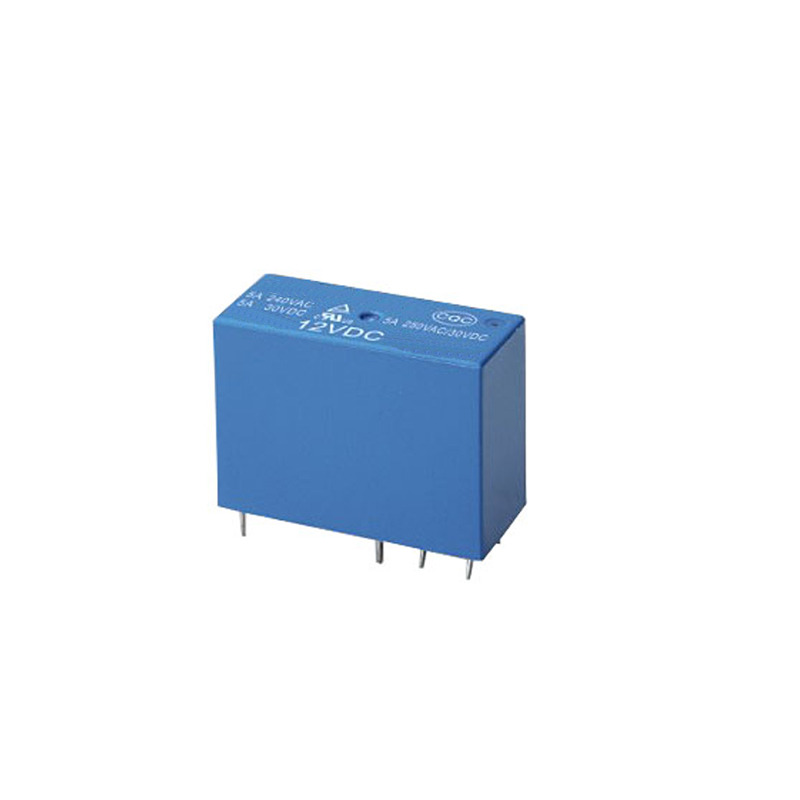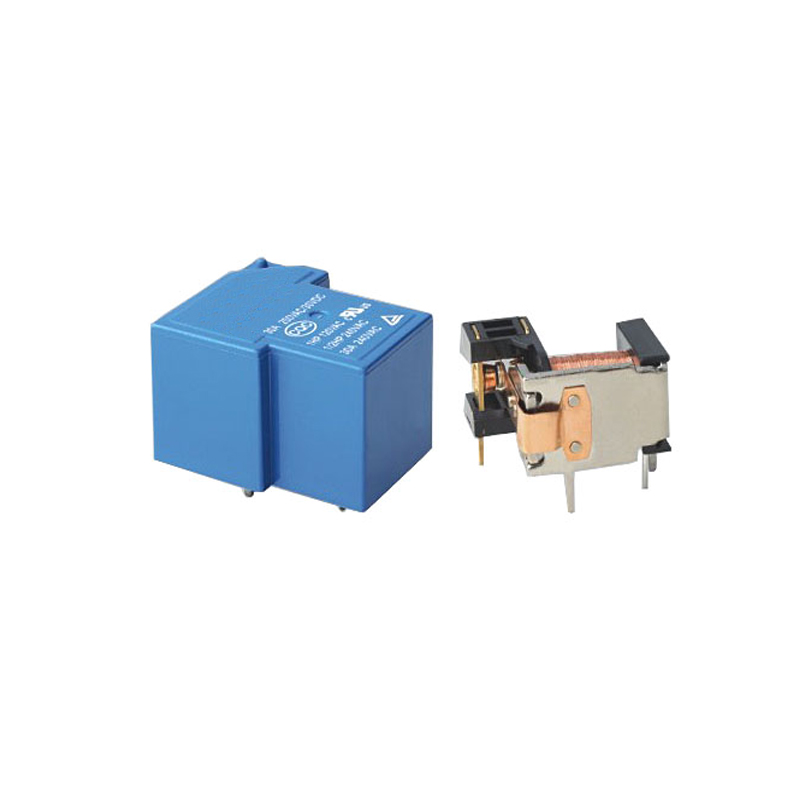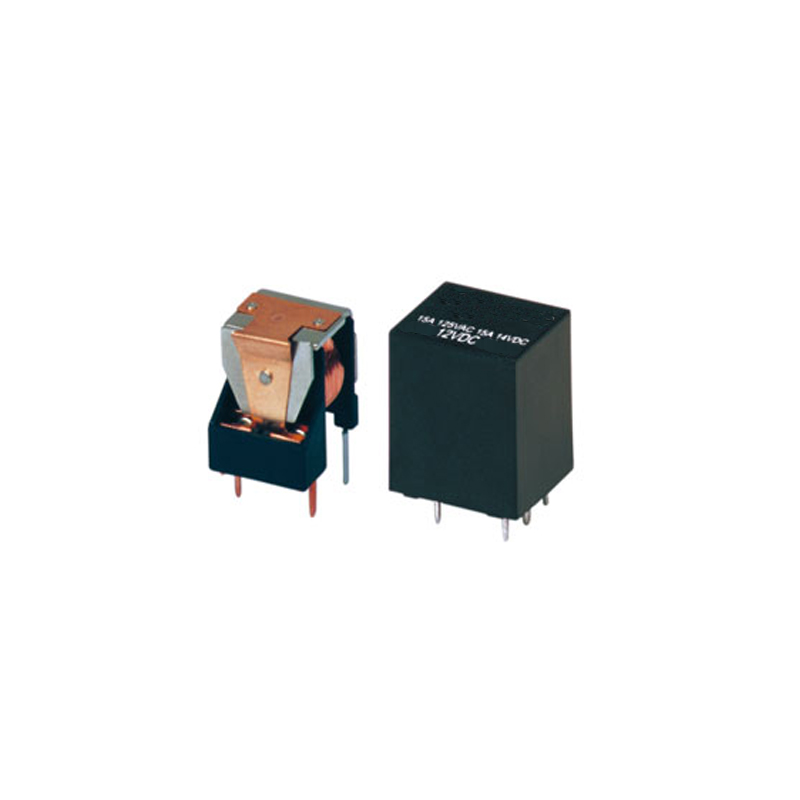What is the main function of PCB Power Relay?
Electromechanical PCB relay is an automatic switching element with isolation function. It is widely used in remote control, telemetry, communication, automatic control, mechatronics and power electronic equipment. It is one of the most important control elements.
Relays generally have induction mechanism (input part) that can reflect certain input variables (such as current, voltage, power, impedance, frequency, temperature, pressure, speed, light, etc.). There is an actuator (output part) that can realize "on" and "off" control of the controlled circuit; Between the input part and the output part of the relay, there is also an intermediate mechanism (driving part) for coupling and isolating the input quantity, functional processing and driving the output part.
As a control element, the relay has the following functions:
1) Expand the control range: for example, when the control signal of multi contact relay reaches a certain value, it can change, disconnect and connect multiple circuits at the same time according to different forms of contact groups.
2) Amplification: for example, sensitive relay, intermediate relay, Printed Circuit Board relay,etc. with a very small control quantity, a circuit with large power can be controlled.
3) Integrated signal: for example, when multiple control signals are input into multi winding relay in the specified form, the predetermined control effect can be achieved through comparison and integration.
4) Automatic, remote control and monitoring: for example, the relay on the automatic device and other electrical appliances can form a program control circuit to realize automatic operation.
What are the main technical parameters of General Purpose Relays?
â‘ Rated working voltage: refers to the voltage required by the coil when the relay works normally. Depending on the relay model, it can be AC voltage or DC voltage.
â‘¡ DC resistance: refers to the DC resistance of the coil in the relay, which can be measured by multimeter.
â‘¢ Pull in current: refers to the minimum current that the relay can produce pull in action. In normal use, the given current must be slightly greater than the pull-in current, so that the relay can work stably. Generally, the working voltage applied to the coil shall not exceed 1.5 times of the rated working voltage, otherwise a large current will be generated and the coil will be burned.
â‘£ Release current: refers to the maximum current that the relay generates release action. When the current in the pull in state of the relay decreases to a certain extent, the relay will return to the release state without power on, and the current at this time is far less than the pull in current.
⑤ Contact switching voltage and current: refers to the voltage and current allowed to be loaded by the relay. It determines that the relay can control the voltage and current, which can not be exceeded during use, otherwise it is easy to damage the contact of the relay.
What is the main function of PCB Power Relay?
Electromechanical PCB relay is an automatic switching element with isolation function. It is widely used in remote control, telemetry, communication, automatic control, mechatronics and power electronic equipment. It is one of the most important control elements.
Relays generally have induction mechanism (input part) that can reflect certain input variables (such as current, voltage, power, impedance, frequency, temperature, pressure, speed, light, etc.). There is an actuator (output part) that can realize "on" and "off" control of the controlled circuit; Between the input part and the output part of the relay, there is also an intermediate mechanism (driving part) for coupling and isolating the input quantity, functional processing and driving the output part.
As a control element, the relay has the following functions:
1) Expand the control range: for example, when the control signal of multi contact relay reaches a certain value, it can change, disconnect and connect multiple circuits at the same time according to different forms of contact groups.
2) Amplification: for example, sensitive relay, intermediate relay, Printed Circuit Board relay,etc. with a very small control quantity, a circuit with large power can be controlled.
3) Integrated signal: for example, when multiple control signals are input into multi winding relay in the specified form, the predetermined control effect can be achieved through comparison and integration.
4) Automatic, remote control and monitoring: for example, the relay on the automatic device and other electrical appliances can form a program control circuit to realize automatic operation.
What are the main technical parameters of General Purpose Relays?
â‘ Rated working voltage: refers to the voltage required by the coil when the relay works normally. Depending on the relay model, it can be AC voltage or DC voltage.
â‘¡ DC resistance: refers to the DC resistance of the coil in the relay, which can be measured by multimeter.
â‘¢ Pull in current: refers to the minimum current that the relay can produce pull in action. In normal use, the given current must be slightly greater than the pull-in current, so that the relay can work stably. Generally, the working voltage applied to the coil shall not exceed 1.5 times of the rated working voltage, otherwise a large current will be generated and the coil will be burned.
â‘£ Release current: refers to the maximum current that the relay generates release action. When the current in the pull in state of the relay decreases to a certain extent, the relay will return to the release state without power on, and the current at this time is far less than the pull in current.
⑤ Contact switching voltage and current: refers to the voltage and current allowed to be loaded by the relay. It determines that the relay can control the voltage and current, which can not be exceeded during use, otherwise it is easy to damage the contact of the relay.
- 这是一个文本段è½,ä½ å¯ä»¥ä½¿ç”¨å®ƒæ¥å‘模æ¿ä¸åŠ 入文本内容
NINGBO FBELE ELECTRONICS CO.,LTD.
FBELE company was founded in 1997, is China's leading manufacturer of acoustic and other electronic components, we designs,manufactures, distributes high quality products in very competitive price, bestservice, timely delivery, small order acceptable, etc. Our products include piezo ceramic element, piezoelectric buzzer, magnetic buzzer,speakers, transducer, receiver, electret condenser microphone, magnetic contact. Piezoelectric alarm,ultrasonic sensor,PZT ceramics,etc.
- Following 0
- Followers 0
- Send Msg


